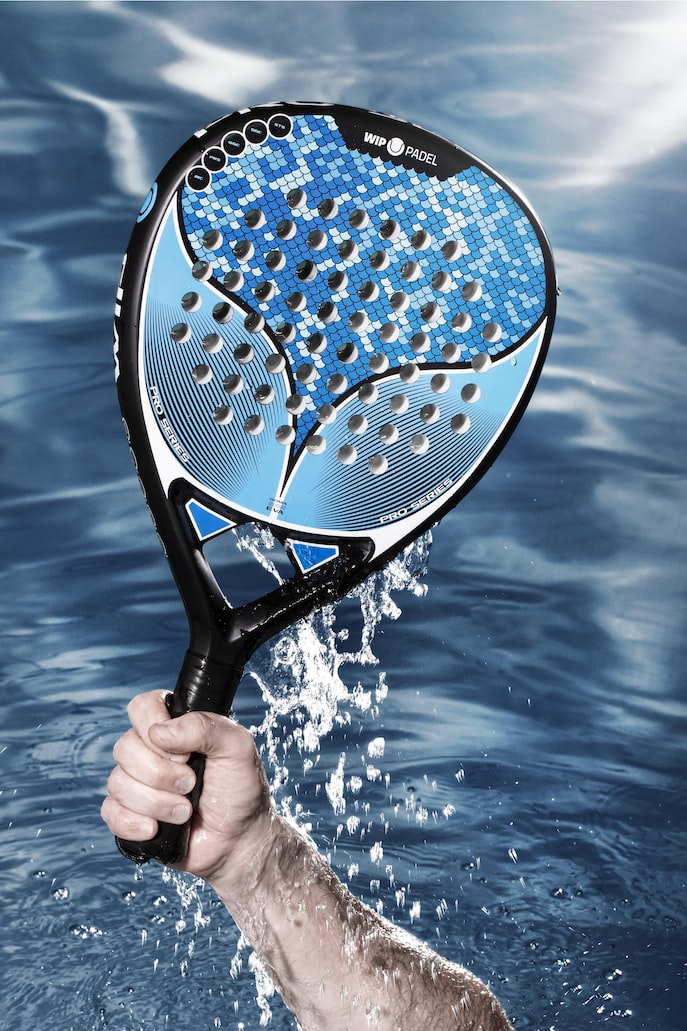Exploring Padel Faults: Everything You Need to Know
3 min read
Exploring Padel Faults: Everything You Need to Know
Welcome to the exciting world of padel, where strategy, agility, and precision are just as essential as having a good time! As a padel expert, I’m here to guide you through every aspect of this thrilling sport, starting with one question many newcomers ask: what is a fault in padel? Don’t worry; I’ve got you covered! In this article, we’ll explore the ins and outs of padel faults, so you can play like a pro from the get-go.
Understanding Padel Faults
A fault in padel occurs when a player fails to adhere to the rules of the game, resulting in the opposing team being awarded a point. Much like in other racket sports, such as tennis, various instances can lead to a fault. Let’s dive into some of the most common scenarios where a fault might occur:
1. Service Faults
The service is a critical part of any padel match and is where most faults tend to happen. To execute a proper serve, both feet must remain behind the baseline until the ball is struck. Stepping on or over the baseline before making contact is a fault. Similarly, hitting the ball and missing it completely, or not hitting the ball into the opponent’s service square, will also result in a fault.
2. Hitting the Ball Out of Bounds
In padel, the court is surrounded by walls, which allow for interesting and strategic plays. However, if you hit the ball directly against the back wall without it first touching the ground within bounds, it’s considered a fault. Additionally, hitting the ball outside the side walls or above the glass walls will also count as a fault.
3. Interference and Obstruction
Padel is a dynamic game with players moving swiftly across the court. If a player obstructs or otherwise interferes with their opponent’s shot, it will be deemed a fault. Remember, fair play is the name of the game!
4. Violating the Three-Bounce Rule
One of the unique aspects of padel is the three-bounce rule. Unlike other racket sports, the ball can bounce twice on the ground before you hit it back to your opponents. However, if a player fails to return the ball after the third bounce, it will result in a fault.
Avoiding Faults: Tips and Tricks
Now that you understand the different scenarios that can lead to a fault in padel, let’s explore some tips to help you avoid them:
1. Familiarize Yourself with the Rules
Knowledge is power! Make sure you’re well-versed in the rules of padel. Take the time to read the rulebook, watch tutorial videos, or even better, find a qualified coach to guide you through the intricacies of the game.
2. Practice Makes Perfect
As with any sport, practice is key. Hitting the court regularly will enhance your skills and reduce the chances of committing faults. Focus on improving your serve, footwork, and shot selection to become a more well-rounded player.
3. Communicate with Your Partner
Padel is often played as a doubles sport, requiring effective communication and synchronization with your partner. Coordinate your movements, discuss tactics, and watch out for each other to avoid unnecessary faults.
4. Be Mindful of the Court Boundaries
Keep an eye on the court boundaries at all times, especially when attempting powerful shots. By staying within the designated playing area, you’ll minimize the risk of hitting the ball out of bounds and incurring a fault.
Conclusion
Now that you’re armed with a better understanding of padel faults, you’re ready to step onto the court with confidence. Remember, a fault is just a learning opportunity, and every expert was once a beginner. By practicing, being mindful of the rules, and staying focused, you’ll quickly become a formidable padel player. So, grab your racket, put on your game face, and let the padel fun commence!






